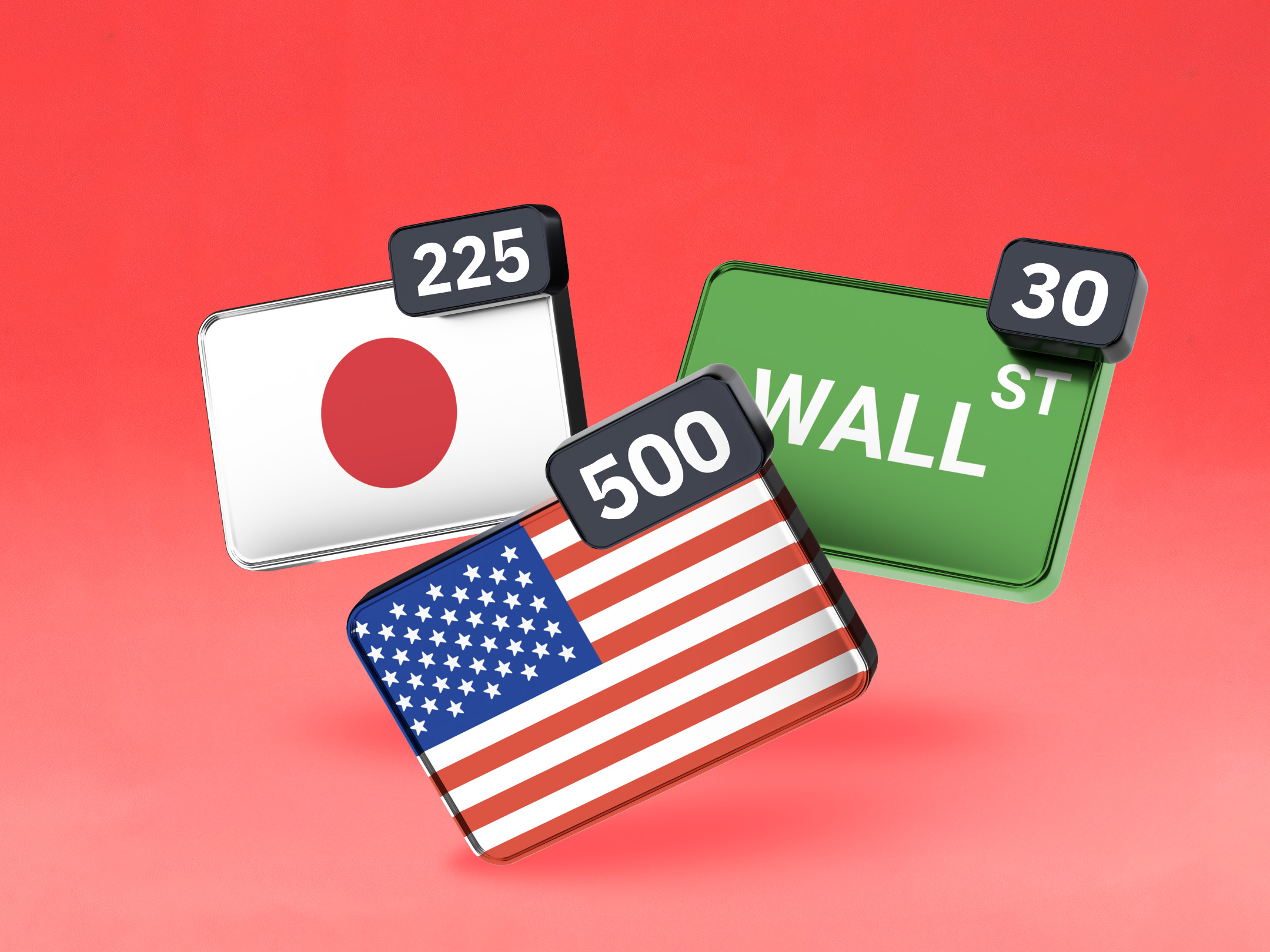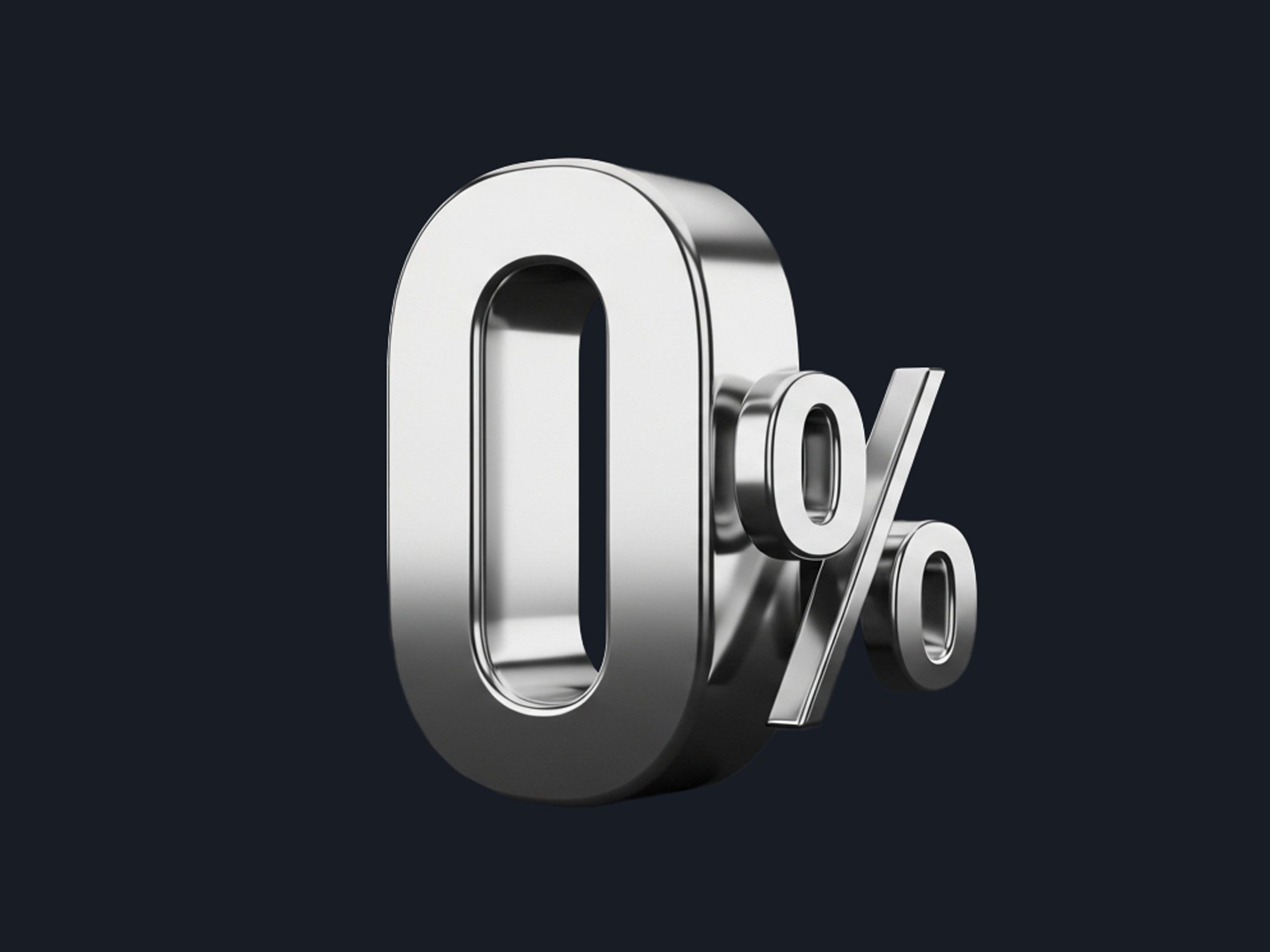
Quick Summary
- Stock indices track the performance of a group of major companies, giving you a snapshot of an entire market’s health.
- Popular indices include the S&P 500, Dow Jones, NASDAQ 100, FTSE 100, DAX 40, and Nikkei 225.
- Index trading offers diversification, frequent trading opportunities, and is simpler than analyzing individual stocks.
- On Deriv, you can trade indices using CFDs, allowing you to speculate on global markets without owning any shares.
What is a stock index?
A stock index is like a group selfie of the market. It shows the average performance of a basket of major companies, giving you a snapshot of how a section of the economy is doing.
Instead of tracking individual stocks like Apple or Shell, a stock index lets you monitor the broader group they belong to. So, when people say “the market is up today,” they usually mean that an index, like the S&P 500 or FTSE 100, has climbed.
It’s a powerful way to measure market sentiment without having to pick individual winners.
Popular global indices available for trading
Here are some of the most well-known stock indices that traders and analysts monitor closely:
- S&P 500 - Tracks 500 of the largest US companies. Often seen as the best overall indicator of US market health.
- Dow Jones (DJIA) - Includes 30 major US blue-chip stocks. Smaller sample, but packed with market heavyweights.
- NASDAQ 100 - Focuses on tech-heavy and growth-driven firms like Apple, Google, and Microsoft.
- FTSE 100 - Represents the top 100 companies on the London Stock Exchange.
- DAX 40 - Germany’s main index, made up of 40 large-cap companies like BMW and Siemens.
- Nikkei 225 - Japan’s key benchmark, home to major industrial and electronics names.
These indices provide a window into economic health, business confidence, and investor sentiment.
Why trade indices?
There are plenty of reasons why traders choose indices over individual stocks:
Diversification
When you trade an index, you’re exposed to a basket of companies, helping to spread your risk.
Volatility
Indices respond to big-picture events like central bank decisions, elections, and economic data. That creates frequent trading opportunities.
Simplicity
Rather than analysing dozens of companies, you can follow one index and respond to broader trends.
Global access
With Deriv, you can trade markets from around the world without needing to invest in specific shares. Trading indices is like riding the market’s momentum, instead of betting on a single company’s success.
How are indices priced?
Index prices are calculated based on the values of the companies within them. But not all companies in an index are treated equally.
Some indices are:
- Price-weighted (like the Dow Jones) - Stocks with higher share prices have more influence on the index.
- Market-cap weighted (like the S&P 500) - Larger companies carry more weight in the index’s value.
As the companies within the index rise or fall, so does the index itself. Prices are also influenced by investor sentiment, economic announcements, and geopolitical events.
Ways to trade stock indices
Deriv offers index trading through CFDs (Contracts for Difference), which let you speculate on price movements without owning the underlying asset.
Here’s how it works:
CFDs
- You can go long (buy) if you think the index will rise, or go short (sell) if you expect it to drop.
- Trade on margin with leverage, which allows greater market exposure with a smaller deposit.
- It’s all about price speculation, not asset ownership.
ETFs (Exchange-Traded Funds)
These aren’t directly offered on Deriv but are available through other platforms. ETFs track indices and can be bought like regular shares. They’re generally suited for longer-term investing.
For active traders who prefer flexibility, CFDs are often the better fit.
Step-by-step: Trading indices on Deriv
Getting started with index trading is straightforward:
- Log in to your Deriv account.
- Choose Deriv MT5 and sign up for a demo or real account
- Select your index (like S&P 500, FTSE 100, or DAX 40).
- Decide whether to buy or sell based on your market view.
- Set your position size, stop-loss, and take-profit levels.
- Place your trade and manage it using your analysis and platform tools.
You can always practise using a demo account before moving to real funds.
Pro tips for trading indices
Here are a few tried-and-true tips to help you build confidence:
- Watch the economic calendar - Indices react strongly to data like inflation, interest rates, and jobs reports.
- Know your trading hours - US indices move most during the New York session, while European indices are active during London hours.
- Use stop-loss and take-profit orders - These help you manage risk and secure gains.
- Avoid overtrading - Choose quality setups over quantity.
- Stick to a plan - Define your entry and exit strategy before opening a trade.
Stock indices let you trade the performance of entire markets, not just individual companies. They offer flexibility, variety, and potential opportunities - all from one position.
With Deriv, you have access to major global indices and the tools you need to trade them effectively.
If you’re ready to take the next step, open a demo account and explore index trading for yourself. It’s a great way to gain experience without risk, and get a feel for how different indices behave.
Quiz
Which of the following is an example of a stock index you can trade?






.jpg)









